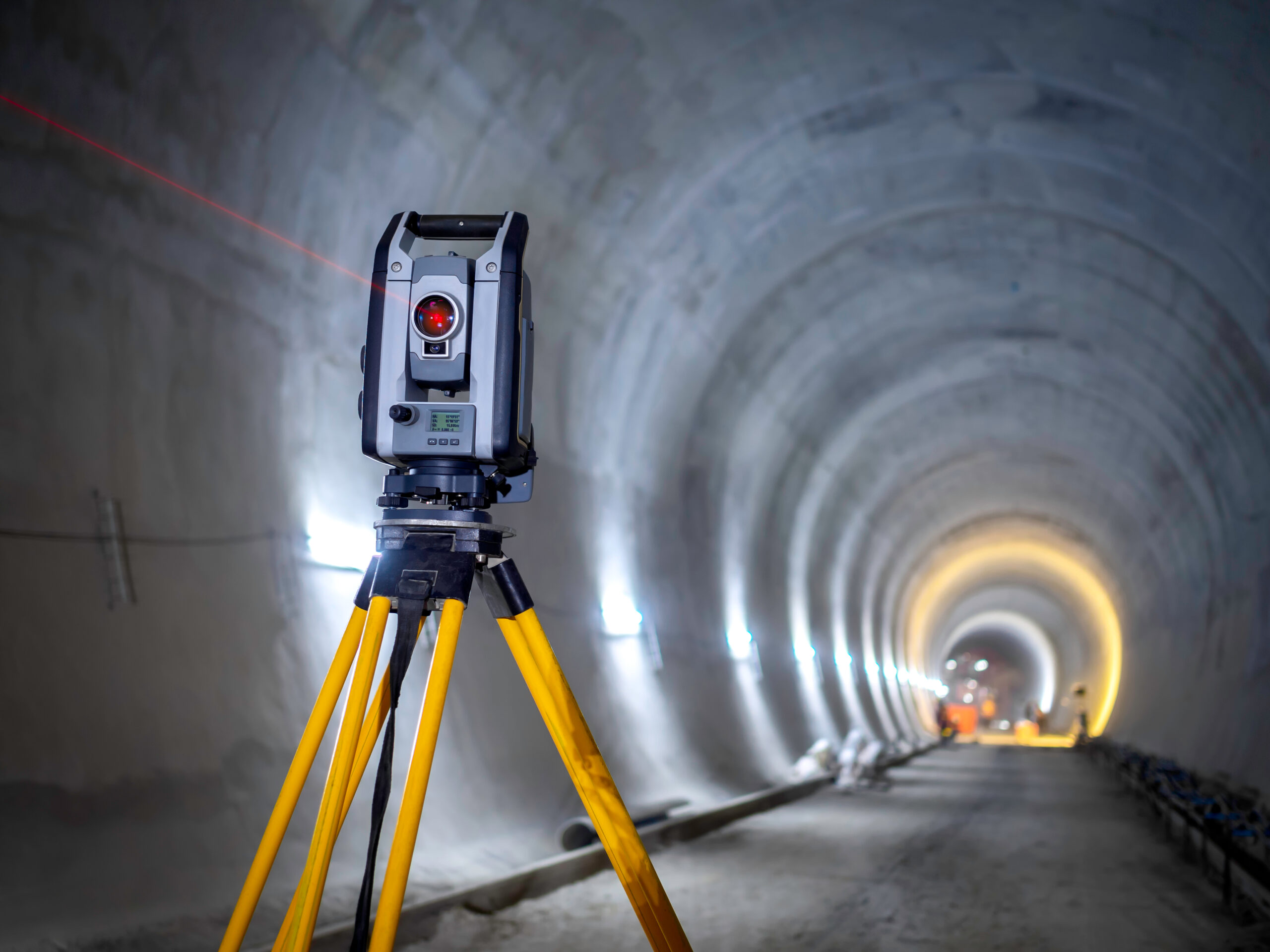Published: 02 Feb 2023
Working practices within the construction sector – and in turn the surveying profession – may have changed substantially since Covid, but prioritising health and safety is still of paramount importance. No where is this more important, than when it comes to lone working. According to Health and Safety at Work Act 1974 and Management of Health and Safety at Work Regulations 1999, employers have a duty of care to ensure that the processes and procedures are in place to minimise risk for lone workers.
What is lone working?
Lone working in the construction industry could mean someone completing building work without a team, operating dangerous machinery alone or working out of earshot of others. Surveyors can find themselves in a lone working situation too, when they are collecting data – on site or out and about. Basically, lone working is ‘someone who works by themselves without close or direct supervision’. Lone workers face the same hazards at work as anyone else, but there is a greater risk of these hazards causing harm as they may not have anyone to help or support them if things go wrong.
Mitigating risk
Before any employee is required to carry out lone working, you should carry out a risk assessment about the role and ensure that the job can be done safely by one person. It is also important that a lone working policy is in place. The policy should offer practical tips and lay out the processes and procedures in place for workplace safety. A lone working policy can help create a good culture of safety in the workplace and reduce the risk of legal issues.
Buddy up
If it is required, appropriate training should be given to the lone worker and there should also be an effective plan in place, to respond to any workplace incidents.
One simple measure that can be put in place easily help minimise the risks associated with lone working is to have an agreed protocol in place for lone workers to keep in touch with the office or other members of the team. This might be a set time to call in or send a message. Alternatively, it might be at the start and end of a survey. A buddy system is also worth considering, so that employees are encouraged to look out for each other. Whatever it is, there should also be an agreed escalation process in place too, in case the calls or messages don’t happen.
Some workers might resent this level of oversight or feel that it is an unnecessary level of checks. However, surely it is better to have an agreed approach if the worse happens, than colleagues back in the office being unsure of how to proceed.
Championing health and safety
TSA is a huge champion to ensuring standards across the profession continue to improve, and the health and safety of its members and their teams in central. To this end, TSA runs an annual Health and Safety Seminar (next one coming up in March) which is free for all members to attend. This is run by MD Safety Management, which has been working with TSA since 2007. The company offers all kinds of support with health and safety for surveyors, in all the locations they can end up working in. Find out more at www.tsa-uk.org.uk

